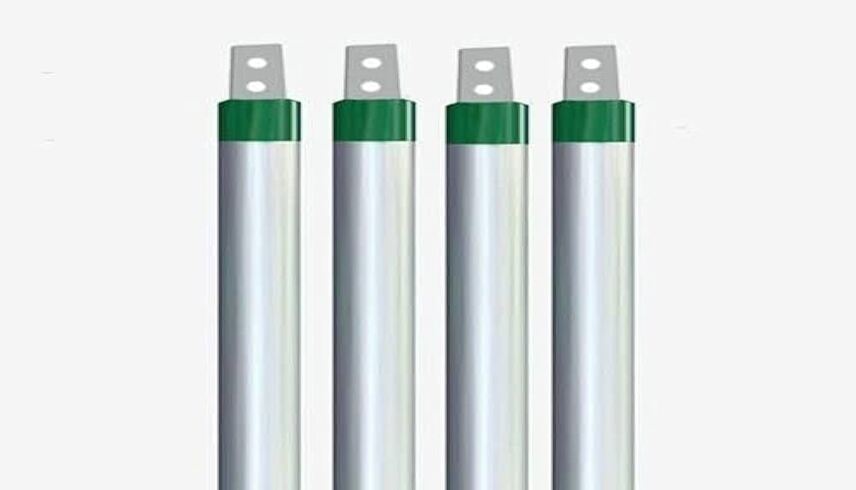GI Chemical Earthing
GI Chemical Earthing is a grounding system that employs a galvanized iron (GI) electrode combined with a specially formulated chemical compound to enhance grounding efficiency. The GI electrode, which is an iron rod coated with zinc to prevent corrosion, is embedded in the ground and surrounded by a mixture of conductive chemicals. This chemical compound improves the soil's conductivity, maintaining a low resistance path for fault currents even in challenging soil conditions. The use of galvanized iron ensures the electrode's durability and resistance to rust, extending the system's lifespan.
GI Chemical Earthing offers several benefits, including improved safety by reducing the risk of electric shocks, enhanced equipment protection, and reduced maintenance needs. It is a cost-effective solution suitable for residential, commercial, and industrial applications, providing reliable grounding and safety for various electrical systems.


